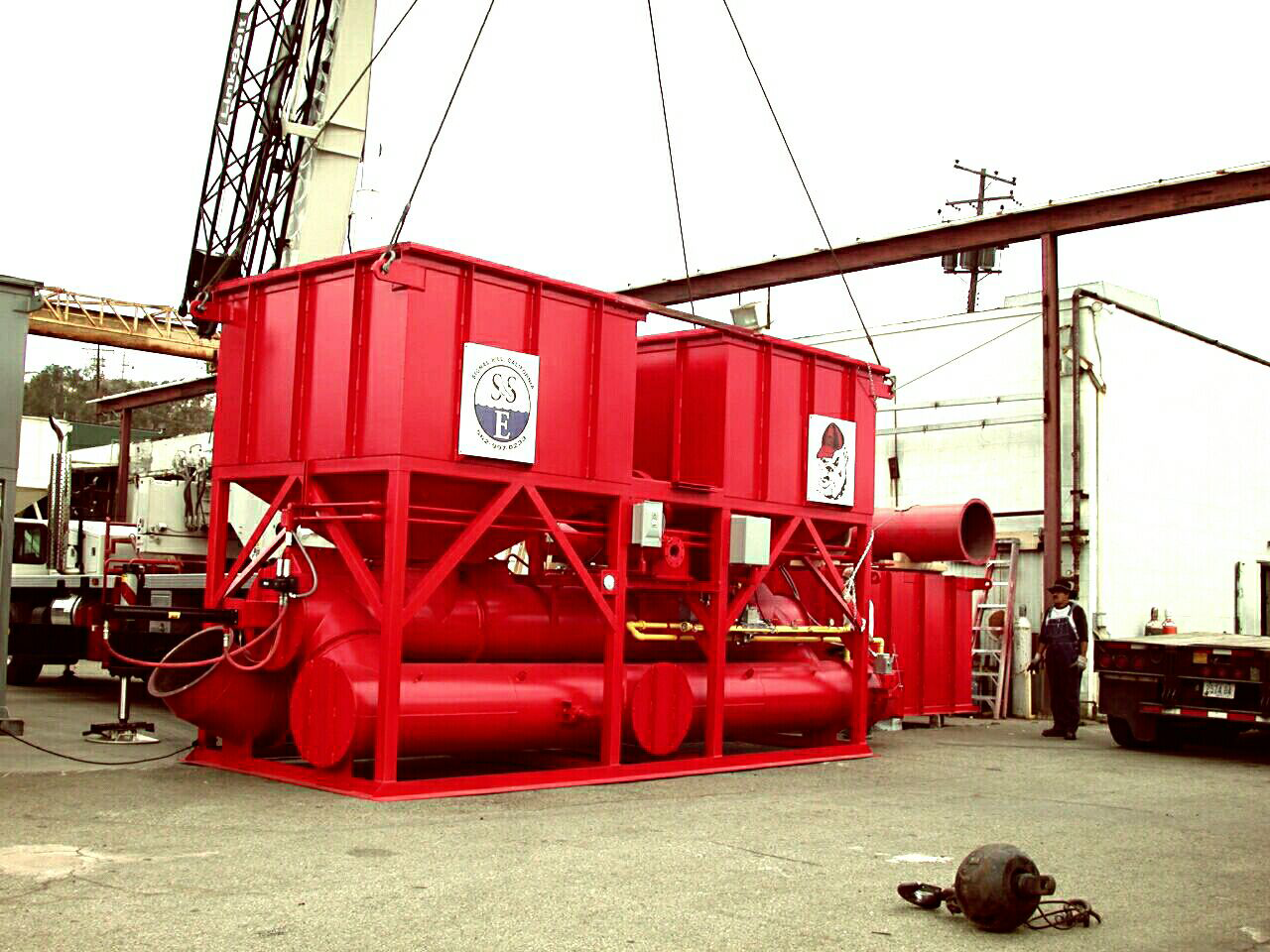
#TechTalk – The Role of Hot Bypass in Regenerative Thermal Oxidizers (RTOs)
February 19, 2025 9:39 am#TechTalk - The Role of Hot Bypass in Regenerative Thermal Oxidizers (RTOs)
Regenerative Thermal Oxidizers (RTOs) efficiently control volatile organic compounds (VOCs) and hazardous air pollutants (HAPs) in industrial processes. A key feature enhancing their functionality is the hot bypass system, which offers safety, flexibility, and operational efficiency.
Understanding RTOs
RTOs oxidize VOCs and HAPs into harmless carbon dioxide and water vapor at high temperatures (815°C to 980°C). Using ceramic media beds, they achieve over 95% thermal efficiency by recovering heat from exhaust gases to preheat incoming air, reducing energy consumption. RTOs Routinely destroy over 98% of the incoming VOCs and HAPs.
What is Hot Bypass?
A hot bypass system is an auxiliary feature in some RTOs, allowing the bypass of excess heat available from VOCs and HAPs. This involves valves and ducts to reroute exhaust gases, either partially or fully, under specific conditions.
Functions of Hot Bypass
- Temperature Control: Prevents overheating during high VOC loads by diverting hot exhaust gases.
- Ceramic Media Protection: Extends media lifespan by bypassing extreme thermal conditions.
- Operational Flexibility: Adapts to changes in throughput or VOC concentrations.
- Energy Optimization: Reduces energy usage during low-VOC operation by regulating heat recovery.
- Temperature Management: Activates within a range, such as between 1,650°F and 1,750°F, while the maximum trip limit is 1,800°F.
Components of a Hot Bypass System
- Bypass Valves: Direct exhaust gas flow.
- Bypass Ductwork: Handles high-temperature gases.
- Control Systems: Advanced PLCs manage bypass activation.
- Temperature Sensors: Detect high-temperature conditions.
Industrial Applications
- Automotive Manufacturing: Maintains consistent operation in paint shops with variable VOC loads.
- Chemical Processing: Accommodates fluctuating emissions in batch reactions.
- Pharmaceuticals: Stabilizes operations during VOC spikes.
- Food Processing: Optimizes energy use while controlling emissions.
- Oil and Gas: Manages varying VOC concentrations in refineries.
- Biogas Facilities: Handles fluctuating with methane and other gas streams.
- Coil Coating: Ensures emission stability during peak loads.
- Bakery Operations: Enhances energy efficiency and emission control.
- Flexographic & Printing industry; Plant modification and process increase.
Advantages
- Enhanced Safety: Prevents overheating.
- Extended Lifespan: Protects critical components.
- Energy Savings: Optimizes efficiency during low loads.
- Flexibility: Adapts to varying operational conditions.
- Reduced Downtime: Minimizes system shutdowns.
Design Considerations
- Process Characteristics: Analyze VOC and thermal load variability.
- System Configuration: Define bypass valve and duct arrangement.
- Control Logic: Implement advanced algorithms for smooth operation.
- Material Selection: Use heat-resistant materials. (High temperature stainless steel alloys)
- Regulatory Compliance: Ensure adherence to air quality standards.
Challenges
- Cost: Higher initial investment.
Maintenance: Requires regular upkeep.
Complexity: Demands specialized knowledge.
Safety Limits: Effectively manages LEL levels up to 15-25%.
Future Trends
- Smart Controls: AI-driven systems for predictive bypass management.
- Advanced Materials: Enhanced durability for longevity.
- IoT Integration: Remote monitoring and diagnostics.
Hot bypass systems are vital for modern RTOs, offering enhanced safety, efficiency, and adaptability. Their ability to handle variable loads, protect components, and optimize energy ensures their continued importance in industrial emission control. Hot bypass systems are more effective over other (cold side) bypass systems as it removes the excess heat directly from the retention chamber to the stack.

Categorised in: Industry news, News, News, Ship & Shore, TechTalk

